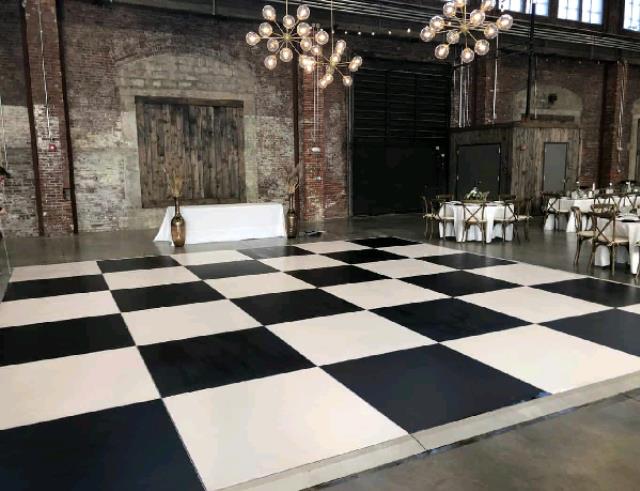Investigating the Diverse Materials That Convert Dance Surfaces into Stunning Visual Displays
Dance surfaces have evolved significantly over the years, transforming increasingly than just a place to move to music. Currently, they are transformed into stunning aesthetic encounters through the use of various materials and techniques. These substances not only enhance the aesthetic attractiveness of the area but also enhance the overall encounter for dancers and spectators alike. Comprehending the flexible substances that add to these dynamic environments can provide understanding into the art of dance floor design.One of the primary common substances used in contemporary dance floors is LED lighting. Light-emitting diode lights are power-saving and can generate a broad variety of colors and impacts. They can be embedded in the floor itself or used as part of a illumination system above the dance floor. This innovation allows for coordinated light shows that can change in response to the music, creating an engaging encounter. The capability to program these lamps means that they can be customized to match different themes or moods, making each occasion distinct.

Another crucial material is mirror-like surfaces, such as reflectors or polished tiles. These materials can create an illusion of area and dimension, making the dance floor appear larger than it actually is. When dancers dance, their reflections can add an extra layer of aesthetic interest, enhancing the complete performance. Additionally, mirror-like surfaces can interact with illumination effects, amplifying the hues and designs displayed on the floor. This fusion of light and mirroring can enthrall audiences and boost you can look here the energy of the event.
In furthermore to lighting and mirror-like substances, the use of digital screens has grown progressively common in dance floor design. These screens can display vibrant visuals, graphics, or even live feeds of the show. By incorporating digital innovation, event organizers can create a comprehensive experience that involves both the performers and the audience. The capability to alter images in actual time allows for a dynamic environment that can adapt to the beat and energy of the melodies, making each instance feel fresh and thrilling.
Additionally, the choice of flooring substance itself plays a crucial role in the overall encounter. Traditional wooden dance floors are still favored for their strength and performance qualities. However, more modern materials like vinyl and elastic are becoming popularity due to their flexibility and simplicity of care. These substances can provide better impact absorption, minimizing the chance of injury for dancers. Additionally, they can be crafted with various textures and hues, allowing for artistic expression in the dance floor's appearance.
In summary, the transformation of dance floors into stunning aesthetic encounters relies on a mix of innovative materials and techniques. Light-emitting diode illumination, reflective surfaces, electronic screens, and customized flooring materials all contribute to creating an engaging setting for performers and spectators. As technology continues to advance, the opportunities for improving dance floor design will only expand, making upcoming occasions even more captivating and memorable. Comprehending these substances helps appreciate the artistry involved in creating environments where dance and music come together harmoniously in harmony.